From the December 2023 issue of Apollo. Preview and subscribe here.
The arts abound in opportunities for those who will not grow up. You can form a punk band, sleep till evening and coast on junk food and cheap drugs. You can become a comedian and spend 30 years talking shit, spunk, puke and piss. You can become an actor, play eternal dress-up and confront absurdity with a straight face. You can become a writer, court disagreement, then complain of being misunderstood. You can become an artist and, if you are Mike Kelley, undertake all of the above.
Kelley didn’t grow up, at least not fully. His suicide in 2012 came months before a planned mid-career retrospective – a touring show that was jarringly transformed into a posthumous survey when its subject died aged 57. The Detroit-born, LA-based artist is still fetishised, even if his creative output is dispersed, fragmented and in many ways infuriating. To attempt a pithy summation of Kelley’s art lands one in blind-men-and-elephant territory.
‘Mike Kelley: Ghost and Spirit’ opened last month at the Bourse de Commerce in Paris. This substantial show runs until 19 February 2024, after which it will depart on a European tour that concludes at Tate Modern in London. If ever there were a moment for a unifying theory of Mike Kelley, this is it. Nevertheless, the tendency remains to lean into plurality as a defining characteristic: to speak of the artist as a multitude.
The show opens with Kelley as encountered in commercial galleries during his last decade. A darkened suite is studded with plinths and shelves carrying coloured resin cityscapes and elaborately stoppered bell jars. On the walls are films depicting steam and fizzing lights cascading through glass domes, like atmospheric effects in the sci-fi lab of a 1970s film. The 20 resin cities glow from beneath, the colour of jellies – lemon, cola, concord grape. Some are crude as amateur ice sculptures; others sleek as a starchitect’s maquette. Each is based on a different comic artist’s rendering of Kandor, birthplace of Superman, which in the hero’s legend is held miniature by enchantment and kept under a glass dome in his Fortress of Solitude.
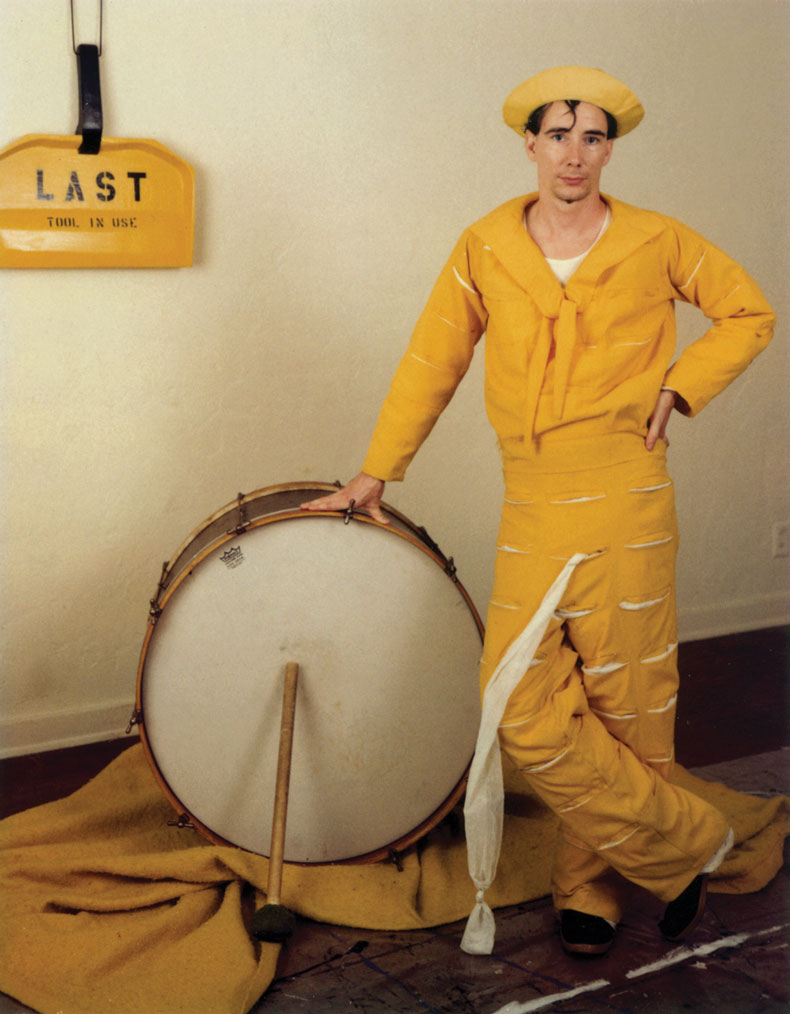
Portrait of Mike Kelley as The Banana Man in c. 1983. Photo: © Jim McHugh
Upstairs in the long circular gallery are installations, texts, sculptures and props. A fuzzy video shows Kelley performing as The Banana Man (1983) in a yellow costume covered in suggestively inviting pockets and scarves. The character is libidinal and naive, pathetic and monstrous. A little further along, there’s a row of banners stitched as though for a church or union parade, but with unedifying mottoes: ‘Let’s Talk About Disobeying’, ‘F*ck You Now Give Me A Treat Please’.
A colonic spew of works from the early 1990s use found craft objects, including knit and crocheted animals, as a cypher for familial relations and the passage of time. Kelley was attracted to a kind of DIY making that blends formal awkwardness with great sincerity. A large ‘abstract painting’ turns out to be stitched from a great mass of wool toys: the poignantly titled More Love Hours Than Can Ever Be Repaid (1993). Two patterned cotton cats sit on a blanket engaged in a philosophical dialogue delivered with the breathless erotic charge of a telenovela. Soiled and sorry knitted toys are captured in mugshots, among which Kelley appears as a plastic-looking teen in fake pimples, under the title Ahh… Youth! (1991). Sonic Youth took the hint: the series appeared as cover art on their album Dirty (1992).
The show bows out, in the gallery and a basement auditorium, with the quixotic Day Is Done (2006), for which Kelley used still photographs of extracurricular (often theatrical) activities from high school and college yearbooks and restaged them as the basis for interlinking musical videos complete with am-dram props and surreal daytime TV dialogue. Teenagers played by adults sit at desks in Halloween costumes as their fellows debate the relative attractions of Kobe Bryant, Gene Simmons, Garth Brooks and R. Kelly. A morose looking vampire shambles around in the woods; a May Day crowning ceremony turns into a horror movie. Kelley purportedly intended to shoot 365 of these Extracurricular Activity Projective Reconstructions, which he imagined playing as a 24-hour loop: a day of viewing representing a year’s worth of the sanctioned weirdness permitted within the otherwise highly regulated educational arena. He completed 36.
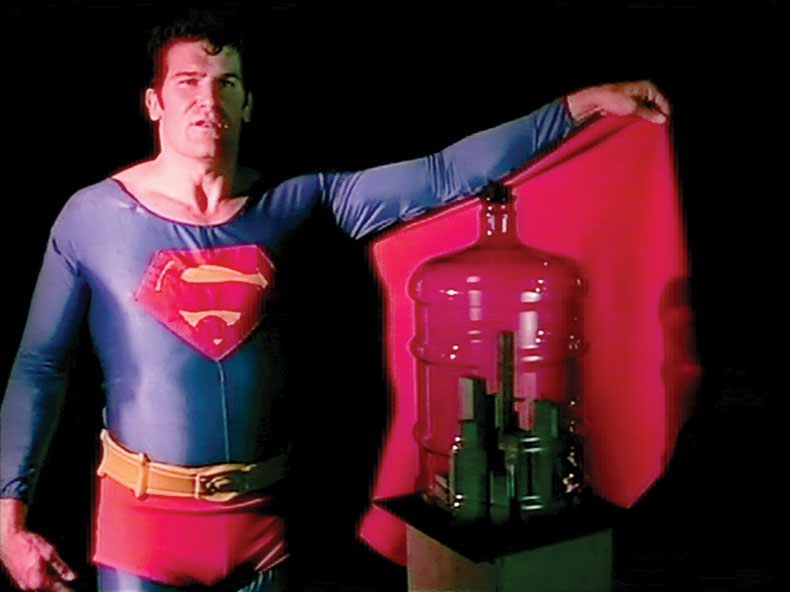
Still from Mike Kelley’s Superman Recites Selections from ‘The Bell Jar’ and Other Works by Sylvia Plath (1999). Courtesy Electronic Arts Intermix (EAI), New York and the Mike Kelley Foundation for the Arts, Los Angeles; © Mike Kelley Foundation for the Arts. All Rights Reserved/VAGA at ARS, NY and DACS, London 2023
Kelley was interested in forms of cultural expression he associated with his working-class background, and the ephemera of youthful subcultures through which he escaped it. He was also fascinated by the limits of memory. He adopted failure as a mode, making works that drew attention to what he could no longer remember, or setting himself tasks he had little hope of fulfilling. That failure was inevitable seems not to have made it more bearable.
How to tie Kelley’s interest in Superman’s Kandor, foul children’s entertainments, toy animals and high school theatrics? Birthplace, juvenilia, play. Youth in Kelley’s yearnings carried the licence to self-indulgence, a ready audience for filthy humour, a gentle arena for failure and perhaps the lure of formative years passed differently, of other possible selves.
Alongside the jelly-bright models of Kandor plays the irresistibly self-explanatory video Superman Recites Selections from ‘The Bell Jar’ and Other Works by Sylvia Plath (1999) – an unlikely coming together of two great teen obsessions. This depressive Super- man’s tragedy is his isolation from his place of origin and possible escape. Kelley likewise places the imperfectly remembered past in a glass-walled bell jar, visiting youth as though another country, forcing himself over and over to face the impossibility of return.
‘Mike Kelley: Ghost and Spirit’ is at the Bourse de Commerce, Paris until 19 February 2024.
From the December 2023 issue of Apollo. Preview and subscribe here.
Unlimited access from just $16 every 3 months
Subscribe to get unlimited and exclusive access to the top art stories, interviews and exhibition reviews.

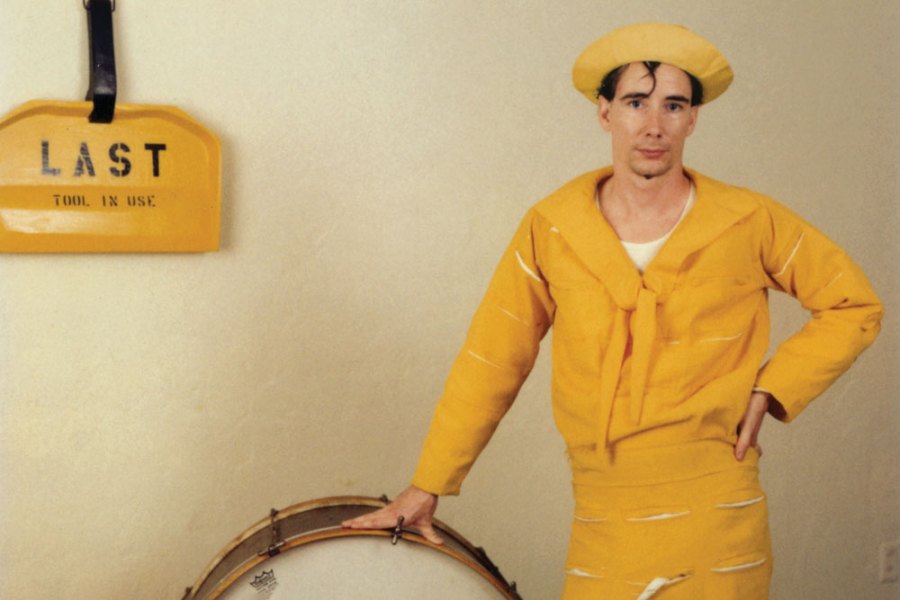
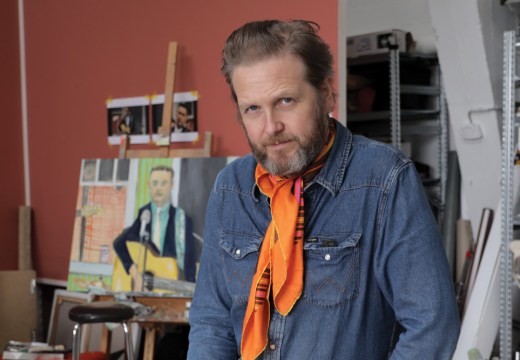
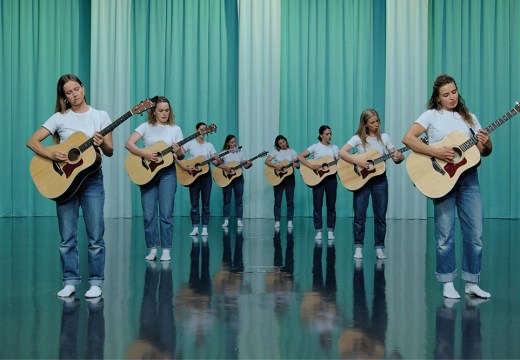










![Masterpiece [Re]discovery 2022. Photo: Ben Fisher Photography, courtesy of Masterpiece London](http://www.apollo-magazine.com/wp-content/uploads/2022/07/MPL2022_4263.jpg)
It’s time for the government of London to return to its rightful home